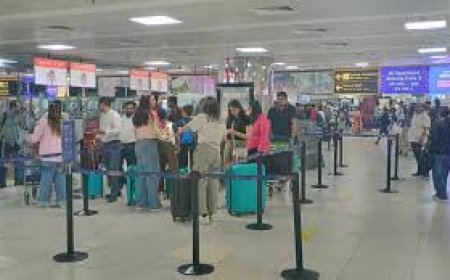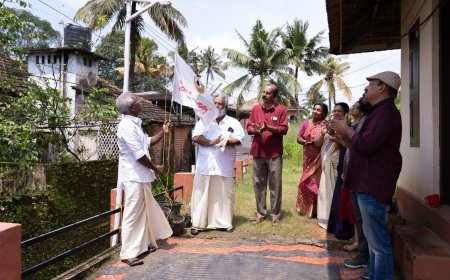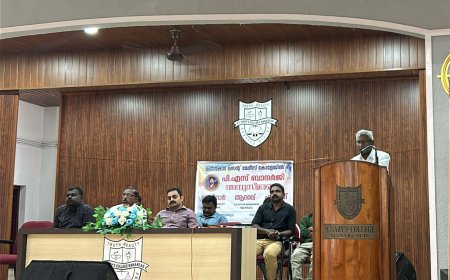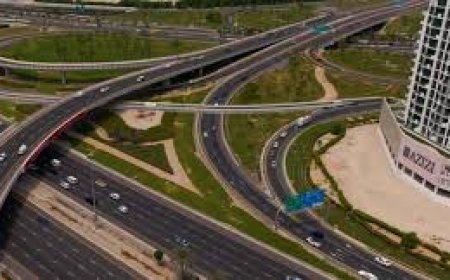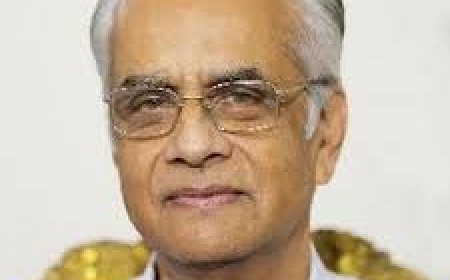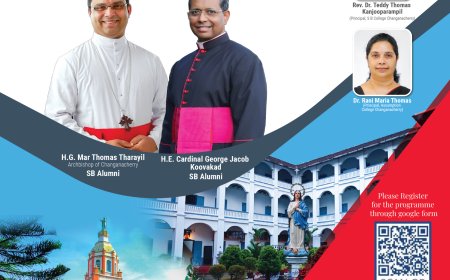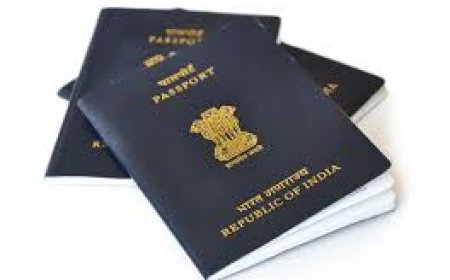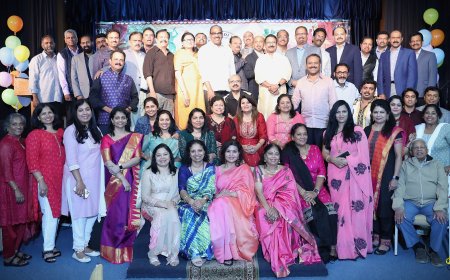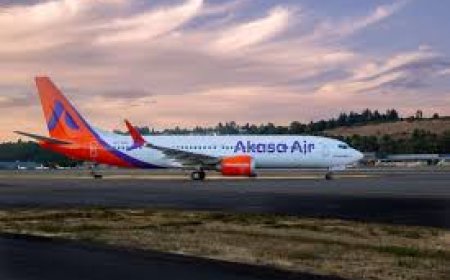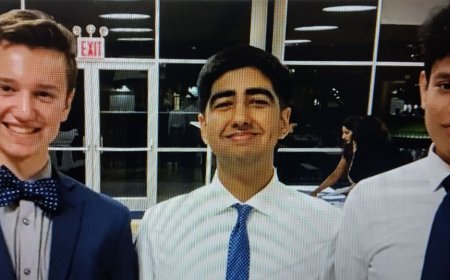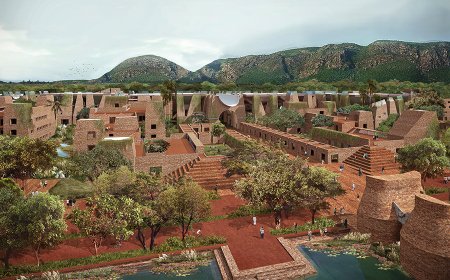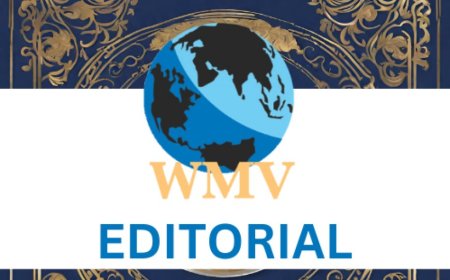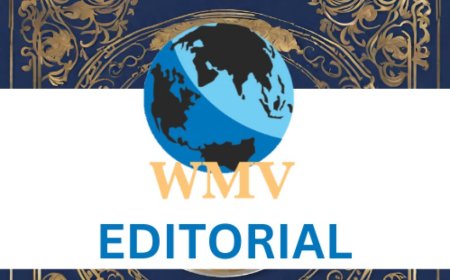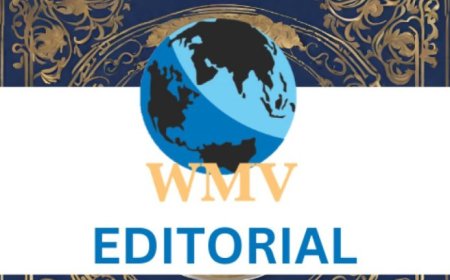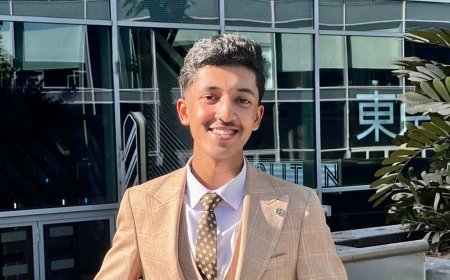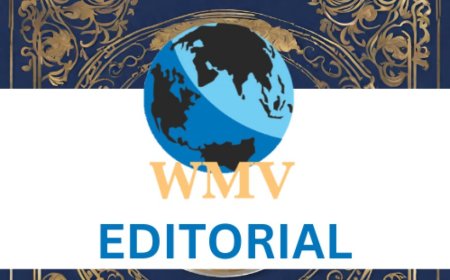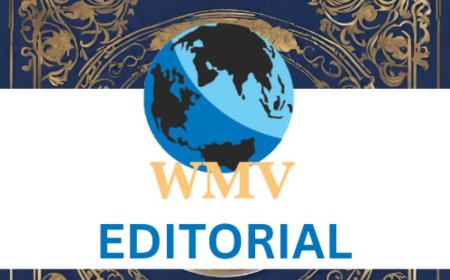US Supreme Court lets H-4 visa work authorization rule stand, preserving employment rights for spouses of H-1B visa hold
The US Supreme Court has declined to review a challenge to the H-4 visa work authorization program, leaving intact a 2024 appellate ruling that upheld its legality. The program allows spouses of H-1B visa holders to work in the US.

THE US Supreme Court has declined to review a long-running challenge to a federal rule allowing certain spouses of H-1B visa holders to work in the United States. This decision leaves intact a 2024 appellate court ruling that upheld the legality of the program.
What the ruling means
By refusing to hear the case brought by Save Jobs USA, a group representing displaced US tech workers, the Supreme Court effectively affirmed the government’s authority to grant work authorization to H-4 visa holders.
This decision preserves a critical source of economic and family stability for thousands of immigrant households and ensures continuity for employers who rely on skilled international talent.
Background of the H-4 work authorization rule
The H-4 visa work authorization program was first implemented in 2015 under the Obama administration. It allows spouses of H-1B visa holders—who are pursuing permanent residency—to work in the United States. DHS initially estimated that around 180,000 individuals would benefit in the first year and about 55,000 annually thereafter.
Since its introduction, over 258,000 H-4 visa holders have obtained work authorization. The program is widely seen as a vital tool for retaining high-skilled talent amid a tightening US labor market.
The legal challenge
Save Jobs USA argued that the Department of Homeland Security (DHS) exceeded its authority by granting work permits to H-4 visa holders. However, the D.C. Circuit Court of Appeals rejected this argument in Save Jobs USA vs US Department of Homeland Security, ruling that federal law permits DHS to authorize employment for nonimmigrants under limited circumstances.
Political context
The Biden administration defended existing visa categories as essential to US competitiveness in technology, research, and other critical sectors.
The Supreme Court’s decision arrives amid ongoing debate over employment-based immigration. On September 19, President Donald Trump proposed a $100,000 fee for new H-1B applications.
About the H-1B Visa Program
Established: 1990
Purpose: Allows US companies to hire foreign professionals in specialty occupations for 3–6 years
Annual Cap: 85,000 new visas
Requirements: Employers must pay prevailing wages and first attempt to recruit US workers
H-4 work authorization provides spouses of H-1B holders the opportunity to work legally, helping families manage long green-card backlogs and retain economic stability.
